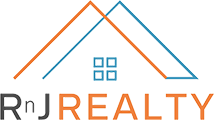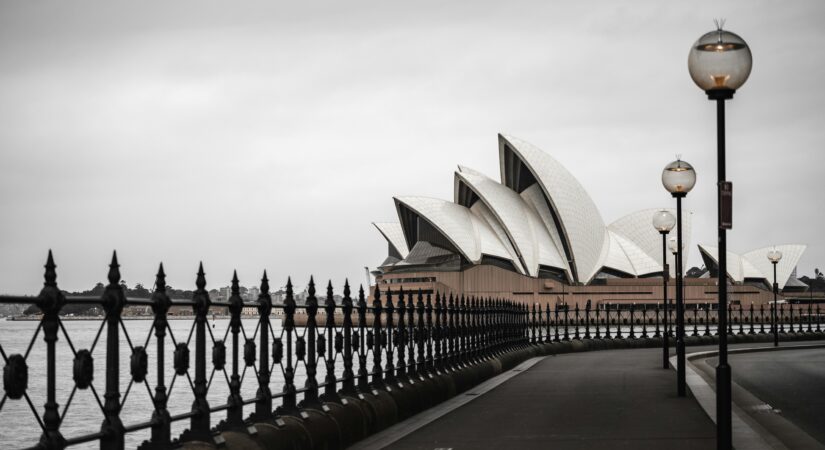As we step into October 2025, the NSW real estate landscape is poised at an inflection point. The signals coming in from interest rates, supply dynamics, population flows, and investor sentiment suggest the next few months could shape the trajectory for the rest of the year — especially in Sydney and its high-growth corridors.
In this forecast, we’ll highlight five major themes for October and near term, backed by the latest data, and provide actionable insights for landlords, investors, new home buyers, and first-time entrants.
1. Interest Rate Relief & Market Re-Engagement
– The RBA’s steady hold at 3.60%, combined with strong market expectations for upcoming cuts, is already nudging sentiment upward.
– In August, Australian property values rose by 0.7% month-on-month — evidence that rate relief is reviving momentum.
– Sydney, in particular, is showing signs of renewed buyer confidence.
– However, the benefit won’t be felt equally: buyers already close to affordability thresholds will gain most.
What to watch: The timing & magnitude of the next rate cuts. Even a modest 0.25% shift can push buyers over the edge.
2. Supply Constraints Intensify, Especially in Core Suburbs
– NSW’s housing shortage remains acute. In many middle and inner suburbs, available listings remain low relative to demand.
– The pipeline for new apartment supply has been trimmed in recent forecasts, as rising construction costs bite.
– As supply squeezes further, premium, well-located properties will command even stronger premiums.
What to watch: Which suburbs see listings spike (due to sales or downsizing) vs. those that remain tight — those shifts will hint at next wave opportunities.
3. Sydney vs Regional NSW: Diverging but Interlinked Paths
– Sydney’s market is expected to continue modest price growth, driven by strong fundamentals and demand pressure.
– That said, affordability pressures will drive some buyers to regional NSW, placing upward pressure on those markets.
– Urban centres like Newcastle, Wollongong, and Western Sydney growth corridors are likely to outperform, aided by infrastructure, transport links, and lifestyle migration.
What to watch: Rental yields and vacancy rates across regional hubs vs Sydney’s outer suburbs — yield compression or expansion will guide smart investment moves.
4. Apartments Re-Enter the Conversation (with Caution)
– With houses pulling ahead in recent cycles, many investors have sidelined apartments. But in tight rental markets and with price ceilings impacting house affordability, quality apartments in good locations are gaining fresh interest.
– That said, the shift is selective: only newer, well-designed, and transit-oriented projects are commanding attention.
What to watch: New project presales and absorption rates in well-connected suburbs (especially along rail corridors).
5. Hyper-Local Suburb Moves Become More Critical Than Ever
– The era of “Sydney market rises” is fading. Instead, 2025 is shaping up as a year when which suburb you pick matters more than when.
– Some outer suburbs are forecasted to deliver 4–5%+ growth over the next six months. Meanwhile, inner suburbs with tighter supply or strong amenities may outpace expectations.
– Impacts from infrastructure announcements, rezoning, or changes in public transport will swing fortunes at the suburb level.
What to watch: Planning permissions, zoning changes, and infrastructure announcements in buffer suburbs — these may signal the next wave.
October 2025 may well become a defining month for NSW real estate. With rate sentiment turning, supply remaining tight, regional markets gaining follow-through, and suburb-level dynamics sharpening — the stage is set for those who act intelligently.
At RnJ Realty, we monitor these shifts in real time — suburb by suburb, week by week — to help you make decisions grounded in insight, not guesswork.



